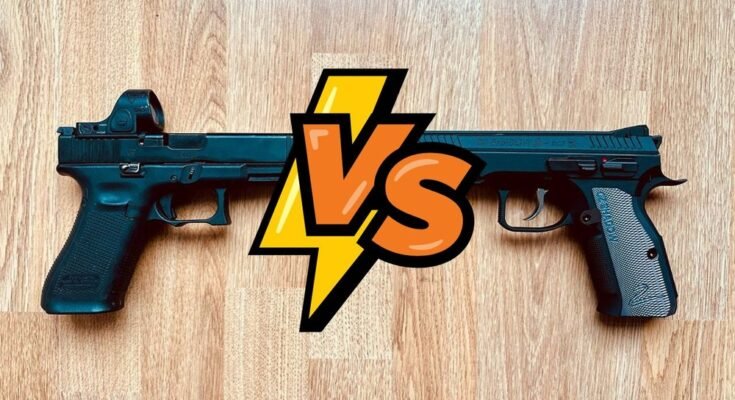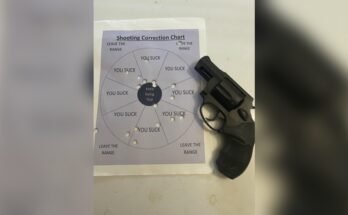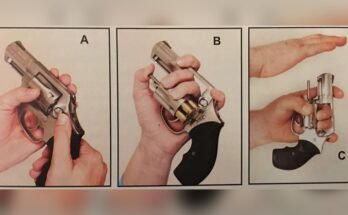If you’re considering a double-action revolver, it’s important to know not just the benefits but also the drawbacks. Understanding the disadvantages can help you make a smarter choice and avoid surprises later.
What if your revolver feels heavier to handle or isn’t as quick to fire as you expect? Could these issues affect your safety or shooting accuracy? Keep reading to discover the key downsides of double-action revolvers and find out if they truly fit your needs.
Weight And Bulk
Double-action revolvers tend to be heavier and bulkier than other handguns. This is because they have more moving parts inside. The frame must be strong enough to handle the double-action mechanism. This adds extra metal, making the gun heavier. The size and shape also grow to fit the internal parts.
Weight and bulk affect how easy the revolver is to carry and use. Carrying a heavy, large gun can feel uncomfortable after some time. The extra weight can make it harder to hold steady. The bulk can get in the way, especially when wearing lighter clothing.
Impact On Carry Comfort
Heavier revolvers can cause fatigue after long periods. The bulk may press against your body. This can cause discomfort or even pain. It limits the type of clothing you can wear. Bulky guns often need larger holsters. These holsters add more weight and size. Carrying becomes less discreet and more noticeable.
Challenges In Quick Handling
The extra weight slows down drawing the revolver. Quick handling needs smooth, fast movements. Bulky guns can catch on clothing or gear. This slows your reaction time in urgent moments. Heavier guns also tire your arm faster. Fatigue reduces accuracy and control. Handling a bulky revolver requires more practice and strength.
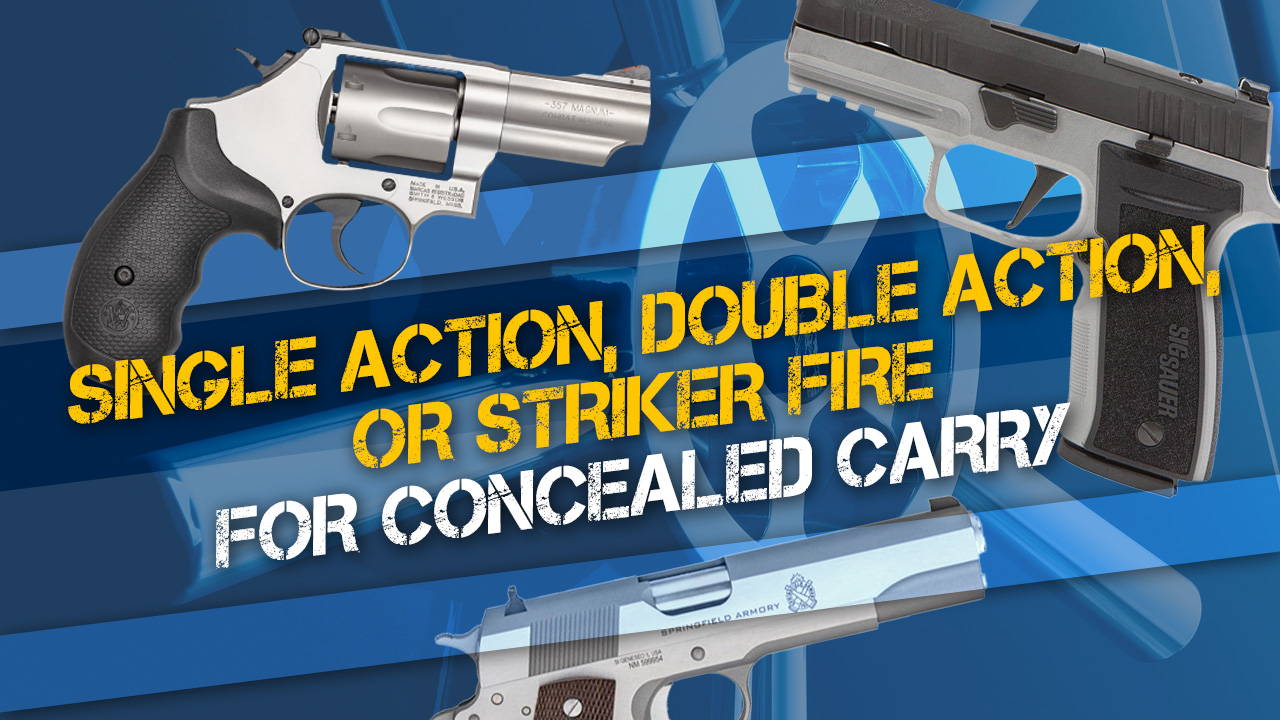
Trigger Pull Issues
The trigger pull of a double-action revolver often raises concerns for shooters. Unlike single-action models, the double-action trigger needs more force to fire. This difference can affect shooting comfort and precision. Understanding these trigger pull issues is key for anyone considering this firearm type.
Heavier Trigger Resistance
Double-action revolvers require a stronger pull to fire. The trigger must both cock and release the hammer in one motion. This action demands more effort from the shooter’s finger. The heavier resistance can tire the finger quickly during extended shooting sessions. It may also slow down the shooter’s reaction time. For beginners, this can feel challenging and discouraging.
Effects On Accuracy
The heavier trigger pull can impact shooting accuracy. Pulling hard on the trigger might cause the gun to move slightly off target. Even small movements can reduce precision. This is especially true for new shooters still learning proper grip and control. The extra force needed can make steady aiming difficult. Accuracy often improves with practice, but the heavier pull remains a hurdle.
Maintenance Complexity
Double-action revolvers require careful care due to their complex design. Their maintenance demands more time and attention than simpler firearms. Understanding the reasons helps owners keep their revolvers reliable and safe. Regular cleaning and inspection are essential to prevent malfunctions and extend the gun’s life.
More Moving Parts
Double-action revolvers have many moving parts inside. Each trigger pull moves several components at once. This complexity increases the chance of parts getting dirty or stuck. Cleaning each part thoroughly takes more effort and skill. Missing one small piece can cause the revolver to jam or misfire.
Increased Wear And Tear
The extra movement causes parts to wear out faster. Springs, cylinders, and hammers face constant pressure and friction. Over time, this wear affects the gun’s accuracy and function. Frequent checks and replacements become necessary to keep the revolver working well. Neglecting wear can lead to costly repairs or unsafe conditions.
Limited Ammunition Capacity
The limited ammunition capacity is a key drawback of double-action revolvers. These guns typically hold six rounds or fewer. This restricts the number of shots before needing a reload. In situations requiring multiple shots, this can be a disadvantage.
Carrying fewer rounds means more frequent reloads. This can impact effectiveness, especially in self-defense or law enforcement. The smaller capacity also affects the gun’s overall firepower. Users must be mindful of their shot count and accuracy.
Comparison With Semi-automatics
Semi-automatic pistols usually hold more rounds than revolvers. Many semi-autos carry 10 to 17 rounds per magazine. This gives them an edge in sustained shooting. More ammunition means fewer reloads during critical moments. Semi-autos offer greater firepower in a compact size.
Revolvers have a simple design but lack this capacity. Their cylinder limits the number of bullets. This difference affects the choice of firearm for many users. Those needing higher capacity often choose semi-automatics instead.
Reloading Speed Concerns
Reloading a double-action revolver takes more time. The cylinder must be opened, emptied, and refilled manually. Speed loaders can help but do not match magazine swaps in speed. Semi-automatic pistols allow faster reloads by swapping magazines. This is crucial in urgent or dangerous situations.
Slow reloads can leave the shooter vulnerable. It reduces the ability to respond quickly to threats. This makes revolvers less suitable for tactical use. Users must practice reloading to improve speed and efficiency.
Recoil Management
Recoil management is a key challenge when using a double-action revolver. The design requires more force to pull the trigger, which affects how the gun moves after each shot. This movement, or recoil, can be harder to control compared to other firearms. Managing recoil well is important to keep accuracy and comfort while shooting.
Strain On Shooter
The heavy trigger pull in double-action mode adds extra strain on the shooter’s hand. This strain increases with every shot fired. Shooters may feel tired faster, especially during long shooting sessions. The strong recoil combined with the tough trigger can cause hand fatigue and reduce shooting endurance.
Impact On Follow-up Shots
Recoil affects how quickly and accurately a shooter can fire follow-up shots. The gun moves more after each shot, making it harder to realign sights. This delay can slow shooting speed and lower accuracy. For shooters needing fast, precise shots, recoil can be a significant drawback with double-action revolvers.
Cost Factors
Cost factors play a big role in deciding to buy a double-action revolver. These guns often cost more than other types. Knowing why helps buyers make smart choices. It also explains the price differences seen in stores and online. Understanding these costs can save money and avoid surprises.
Higher Manufacturing Expenses
Double-action revolvers need precise parts. Each piece must fit and work perfectly. This need for accuracy raises the cost to make them. More steps in the building process add to the price. Skilled workers and better machines increase expenses too. These factors make double-action revolvers more costly to produce.
Price Compared To Other Firearms
Compared to semi-automatic pistols, double-action revolvers often cost more. The complex design means higher prices. Semi-automatics can be cheaper because they have fewer parts. Buyers may find revolvers less budget-friendly. This price gap can affect the choice between gun types. Cost is a key factor for many buyers.
Ergonomic Limitations
Double-action revolvers have some ergonomic challenges. These affect comfort and handling. Understanding these limits helps users choose the right firearm for them.
Grip Design Constraints
Double-action revolvers often have fixed grip shapes. This limits adjustments to fit the user’s hand. The grip may feel bulky or awkward for some shooters. Lack of customization can reduce shooting comfort and control. It can also cause hand fatigue during extended use.
Suitability For Different Hand Sizes
Not all hand sizes match double-action revolver grips well. Small hands might struggle to hold the gun firmly. Large hands may find the grip too narrow or short. Poor fit affects accuracy and safety. Choosing a revolver with suitable grip size is important.
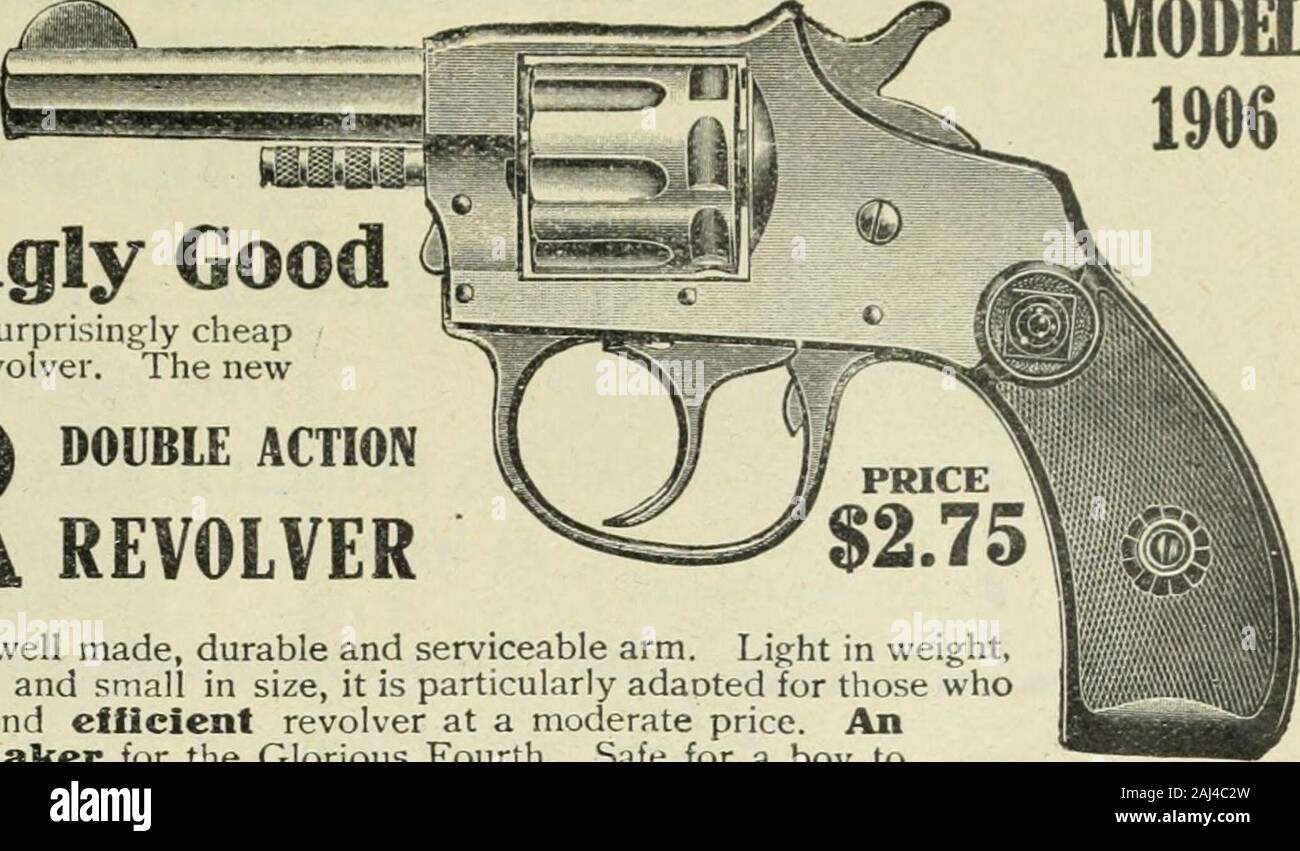
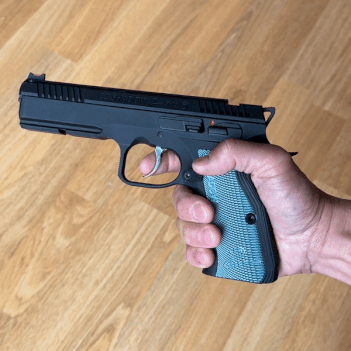
Frequently Asked Questions
What Are The Main Drawbacks Of Double-action Revolvers?
Double-action revolvers have heavier trigger pulls, reducing shooting accuracy. They also have slower reload times and limited ammunition capacity compared to semi-automatic pistols. Their bulkier design can make them less comfortable to carry for extended periods.
How Does Trigger Pull Affect Double-action Revolver Performance?
The heavier double-action trigger pull requires more finger strength and control. This can cause shooter fatigue and reduce precision, especially during rapid fire or extended shooting sessions. It may also increase recoil anticipation, impacting shot consistency.
Are Double-action Revolvers Harder To Reload Quickly?
Yes, double-action revolvers use a cylinder that must be manually swung out and reloaded one round at a time. This process is slower than magazine changes in semi-automatic pistols, which can be a disadvantage in self-defense or tactical scenarios.
Do Double-action Revolvers Have Limited Ammunition Capacity?
Typically, double-action revolvers hold 5 to 8 rounds. This is fewer than many semi-automatic pistols, which often carry 10 to 17 rounds or more. Limited capacity means more frequent reloading, which may be critical in high-pressure situations.
Conclusion
Double-action revolvers offer unique benefits but also have clear drawbacks. They tend to be heavier and harder to shoot accurately. The trigger pull can feel stiff, making fast shots challenging. Reloading takes more time compared to other guns. Some parts wear out quicker due to complex mechanics.
These factors might affect your choice for self-defense or sport. Understanding these downsides helps you decide if this firearm fits your needs. Choose wisely based on what matters most to you.
